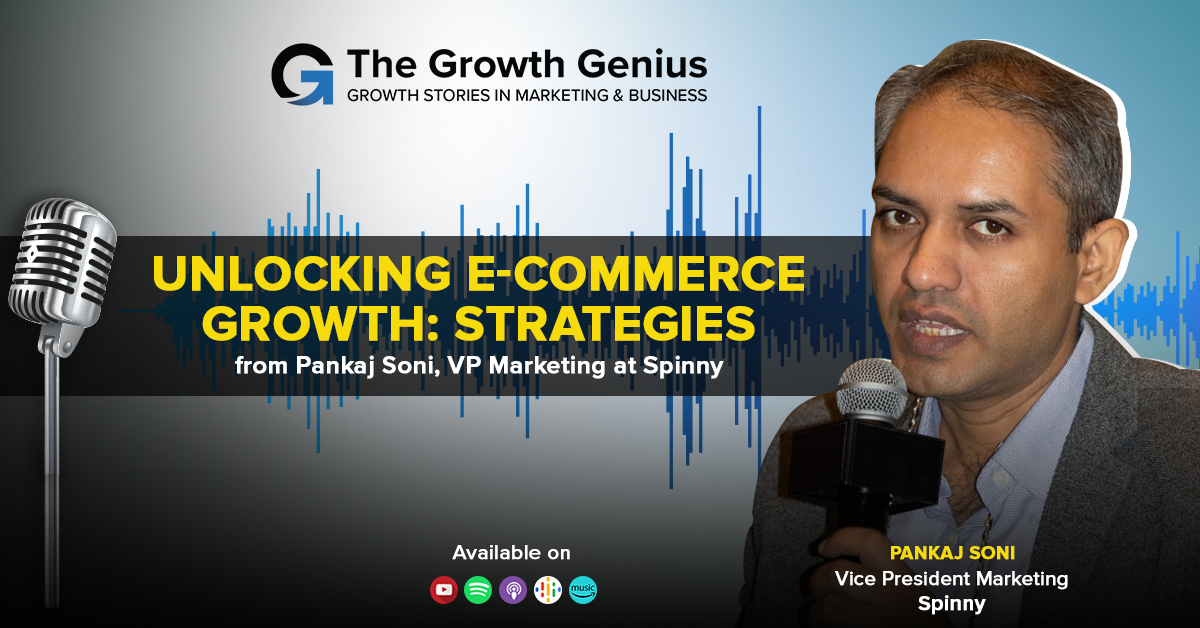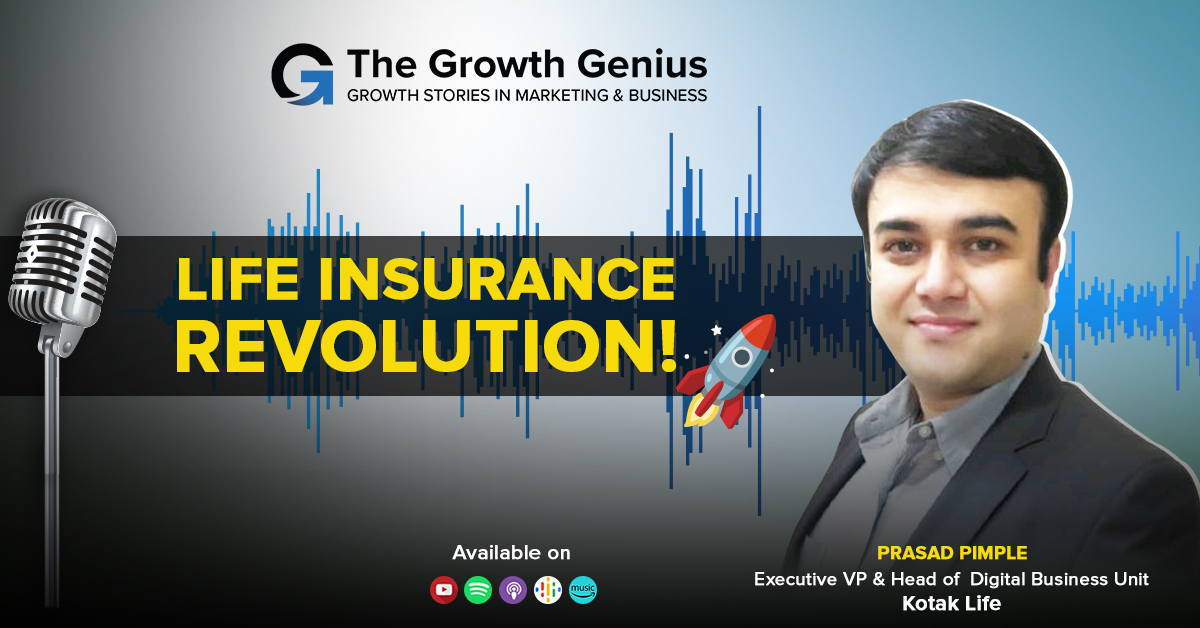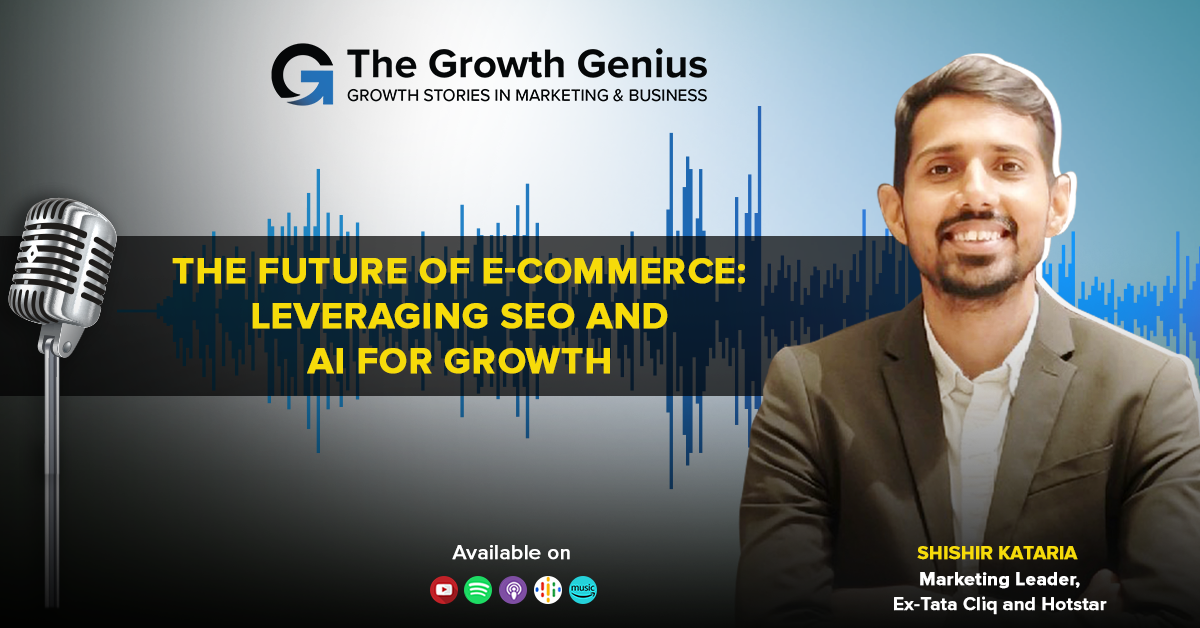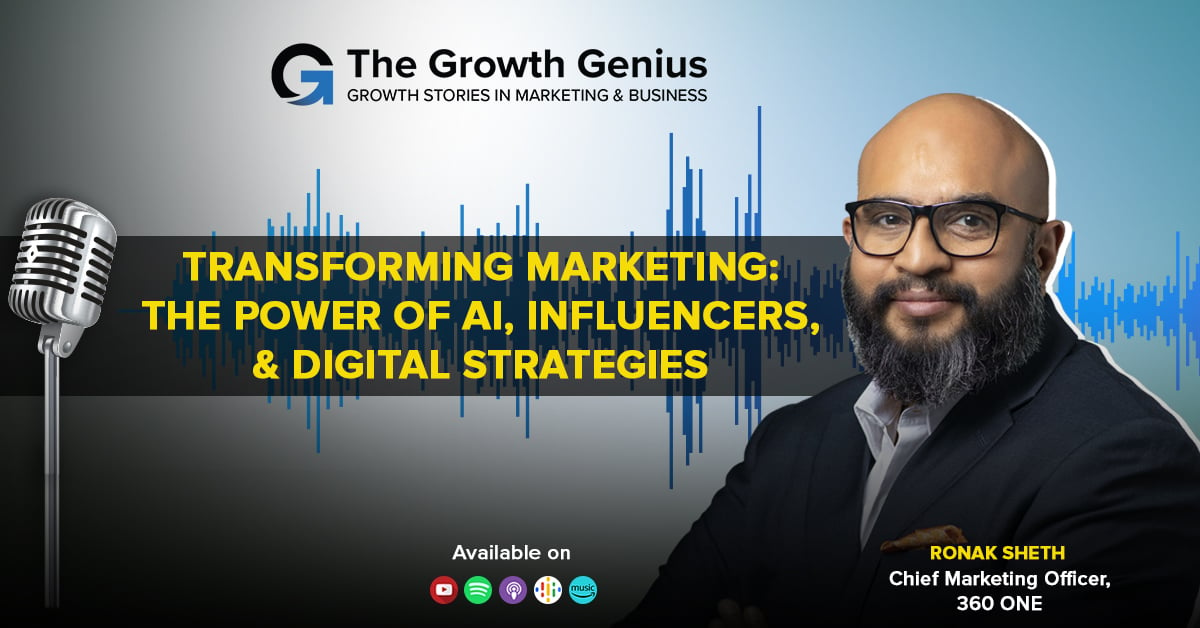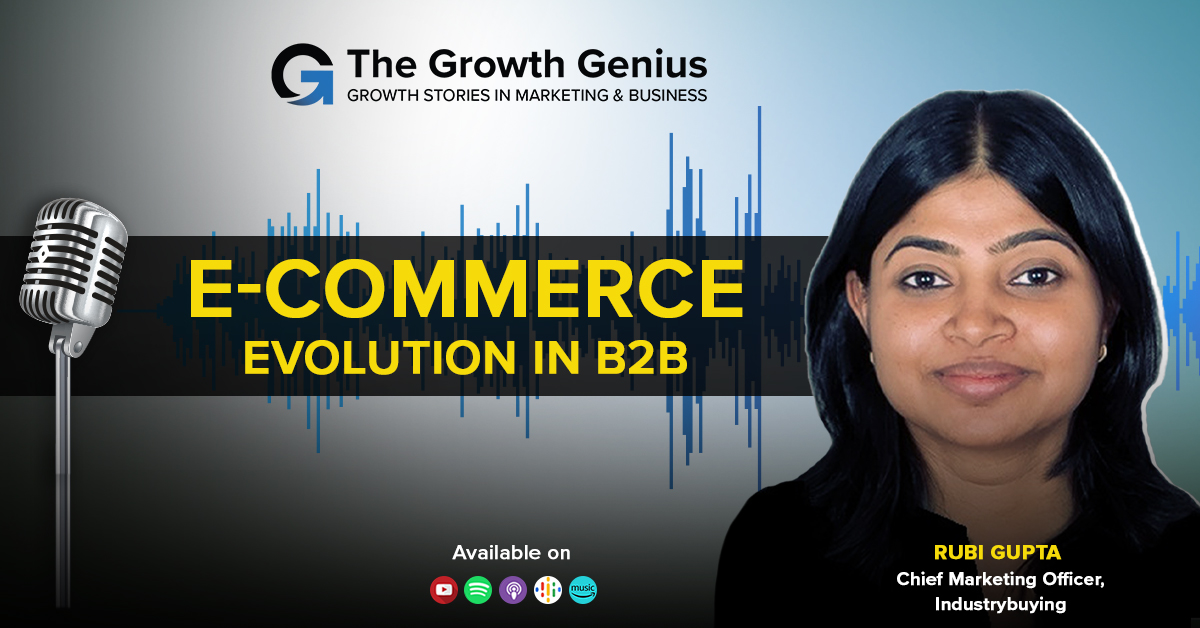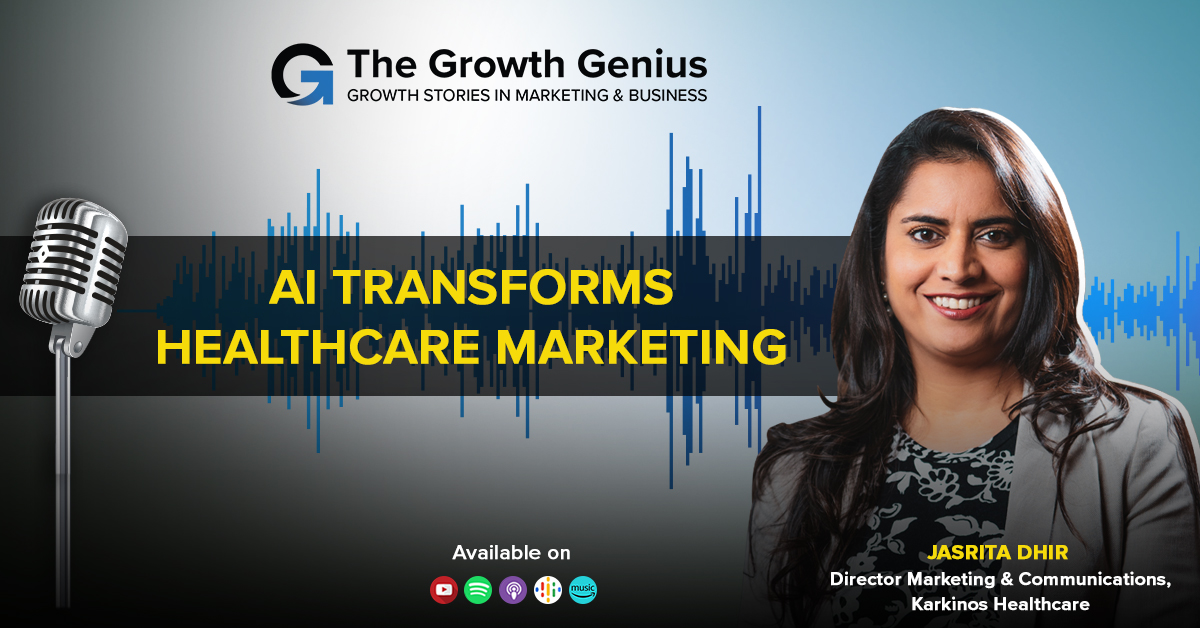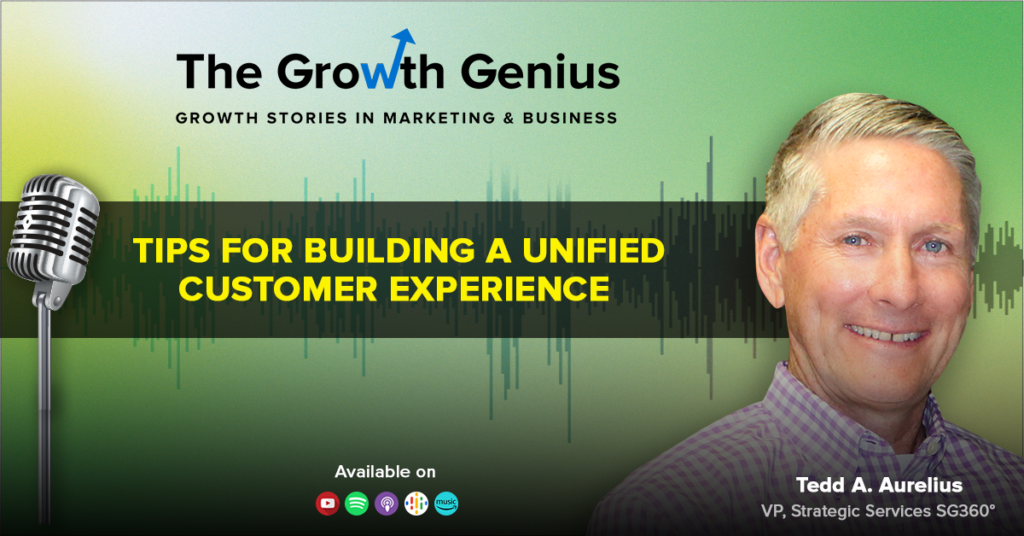Listen on your Podcast app
Summary
In this podcast episode, the focus is on creating a brand experience that delivers results. The guest speaker shares valuable tips and insights on how to enhance the brand experience for customers. The key to success lies in understanding the target audience and their needs, as well as aligning the brand’s values and messaging accordingly. Consistency across all touchpoints, from website design to customer service, is crucial in creating a memorable brand experience. Additionally, leveraging technology and data can help personalize the experience and build stronger connections with customers. By prioritizing the brand experience, businesses can differentiate themselves in the market and drive better results.
Key Take Aways
- Understand your target audience: Digital marketers should focus on understanding their target audience’s needs, preferences, and behaviors to create a brand experience that resonates with them.
- Consistency is key: Maintaining consistency across all digital touchpoints, including website, social media, and email marketing, helps build a strong and recognizable brand identity.
- Personalization drives engagement: Tailoring the brand experience to individual customers’ preferences and interests can significantly enhance engagement and conversion rates.
- Embrace storytelling: Storytelling is a powerful tool for digital marketers to create an emotional connection with their audience and communicate the brand’s values and mission effectively.
- Optimize for mobile: With the increasing use of smartphones, digital marketers must ensure that their brand experience is optimized for mobile devices to provide a seamless user experience.
- Leverage user-generated content: Encouraging customers to share their experiences and opinions about the brand can help build trust and credibility among potential customers.
- Monitor and analyze data: Digital marketers should regularly monitor and analyze data to gain insights into customer behavior, preferences, and trends, enabling them to make data-driven decisions to improve the brand experience.
- Continuously adapt and evolve: The digital landscape is constantly evolving, and digital marketers need to stay updated with the latest trends and technologies to deliver a brand experience that meets the changing needs and expectations of their audience.
Read Transcript
Tedd Aurelius:- To build a successful and engaging brand experience, I think it all starts with how brands activate their relationship with the customer by creating a unified brand experience. The organization needs to be unified in culture, structure, and mindset. For those smaller brands, you have to choose where customers are on that journey and how to intercept them.
Shelly Singh:- Hello, everyone. Welcome to The Growth Genius series, brought to you by DMAasia and Infidigit. My name is Shelly, and I’m the Country Director – Americas at Infidigit. I’m also the Founder and Director at DMAasia. In this, The Growth Genius series, the world’s best marketers and business leaders are interviewed about the brands they have worked on, the successful campaign strategies, how they got noticed by their customers, and how they delivered better customer experiences to drive sales. In each episode, we want to share the big idea that inspires these marketers, the campaign trail they used to execute it, and how it all came together.
I have a very special guest today. Tedd Aurelius, Vice President of Strategic Services at SG360. With an agency background spanning three decades, Tedd adds to SG360’s expertise that improved the marketing performance of its clients. As a VP of Strategic Services, Tedd leads the account and creative teams to help clients achieve measurable results. Before SG360, Tedd’s previous agency experience saw him leading award-winning advertising and direct marketing efforts for numerous national and international brands, including UPS, Pizza Hut, and Ping. He’ll share some great insights on building unified customer experiences today. A very warm welcome, Tedd.
Tedd:- Thank you, Shelly. I appreciate you asking me to be a part of this series. I’m super excited. It’s a great idea, and I’m humbled and honored that I was chosen. So thank you very much, and I’m looking forward to the conversation today.
Shelly:- Thank you. Tedd, to start with, tell us about your background of how you got started in advertising and direct marketing.
Tedd:- Sure. As luck would have it, growing up, my father was a copywriter for Ross Roy, which was a very successful advertising agency In Detroit, and he worked on the Chrysler business as well as the rebranding of Bank Of Detroit, which later became the Comerica Bank in the 70’s Was exposed to the ad world. And I thought it was pretty cool. And that exposure stayed with me. While studying history and economics at Michigan State, I ended up at a direct marketing company in Maryland whose main business was to sell a travel club to the customers of banks and retailers.
So a little bit different than the historical path I thought I was on. And so, I guess I was subconsciously drawn to advertising and marketing. So once I figured that out, and then I figured it was something that I was good at, I became focused on building my career. And then, I moved to Denver, where I worked at a direct marketing firm, a couple of them, including my agency, before I joined the Martin Agency right about 2001-2002. So I was fortunate enough to work with some amazingly smart and talented people at the Martin Agency on iconic brands like UPS, Ping, BF, Goodrich, and Pizza Hut. And so I was lucky to have that opportunity. So I’ve used that experience to get me where I am today, helping to build the marketing services capability at SG360.
Shelly:- That’s quite interesting. So considering your experience creating engaging customer experiences, can you please tell us about your experiences? Can you please tell us how well thought brand experience can be a significant growth driver?
Tedd:- Absolutely. To build a successful and engaging brand experience, I think it all starts with how brands activate their relationship with the customer by creating a unified brand experience. And what I mean by that is that it starts with an initial brand advertising campaign designed to acquire new customers and continues with the activation campaign designed to engage customers with the brand and ultimately turn them into brand advocates. And it’s not just about the advertising or marketing; it has to be this all-inclusive organizational buying.
Shelly:- Well, I’m sure about that. So what are the master keys involved in building a unified experience?
Tedd:- I think they all fall under the umbrella of acting unified. So it’s all about three things. And as I just mentioned, I think the organization as a whole needs to be unified in culture, structure, and mindset. And then secondly, the agency needs to be in lockstep with the brand’s unification persona. And then thirdly, the communication plan needs to be unified in such a way that it’s embedded, adaptable, accessible, and iterative, and I think that the result of all of that fuels the strategy and then, of course, the creative.
Shelly:- Can you please elaborate on how the plan can be embedded, adaptable, accessible, and iterative?
Tedd:- Sure, when you talk about a unified strategy and a unified creative execution, it has to be embedded in the experience of where customers are, and today it’s very difficult to do that. Before, it was so much easier when all you had was the big above-line channels, TV, radio, and billboards. But I think today; you have to be everywhere the consumer is along their journey throughout the day. But I think it has to be naturally embedded into that journey without being over the top. The second thing is adaptability. And what I mean by that is you have to adapt the creative to not only the environment but also to the brand. I think it’s important to have a plan that’s not forced; it’s easy. And that’s part of the embedded examples that I gave earlier. Accessible.
As I mentioned in the customer journey, the plan needs to be accessible, meaning where customers are. But more importantly, it needs to be in such a fashion that the brand is seen everywhere, and I know that’s hard to do. Some companies don’t have millions and millions of dollars to do that. Again, I was fortunate enough to work on brands with that luxury. So for those smaller brands, you must choose where customers are in that journey and how to intercept them. And the last one is iterative. I mean, I think the message needs to be clear. It needs to be truthful and honest, and I think it needs to reflect the brand, purpose, and promise.
Shelly:- Did you have an example in your past of how brand unified you could share with us?
Tedd:- Sure, I mean, I have several examples, but for me, the one campaign that I thought executed the act unified mantra. The best was the UPS whiteboard campaign we at The Martin agency put together in 2006. It was fun to work on. And I think the root of the campaign idea was born out of the UPS brand and how their employees interact with their customers, which made the complicated simple. So, to give you a little background, every conference room at UPS, no matter what facility you’re in, has a whiteboard where customer problems and issues are diagrams so that UPS engineers, drivers, sales reps, customer service reps, marketing people, advertising folks could help devise a solution. And so our creative team used that as an inspiration in coming up with the whiteboard guy who represented UPS but was not a UPS employee in our spots. So in every TV spot, he introduced a customer problem through a hand-drawn illustration on a whiteboard.
And then, he proceeded to alter the illustration by demonstrating how the UPS solution could solve the problem. Again, making the complex simple. And so, the final step was building this communication and media plan to bring this concept to life by embedding it through the customer experience. We created a multimedia campaign that spans TV to partnerships with networks. So, for instance, on March Madness on CBS, Clark Kellogg, who, as an in-studio host, actually diagrammed. Basketball plays on a whiteboard that had a UPS logo on it. It was very embedded. And we used billboards. Using the subway pillars, we took over an entire subway station in New York City. We turned them into magic markers that the whiteboard guy used in the spots. And, of course, the newly designed website featuring the whiteboard guy as your guide.
So when you logged on to the new whiteboard site, he would be your guide, walking you through all the different rooms on the site. And so we generated a slew of new customers, one more business from UPS customers also using FedEx. We cross-sold customers on additional products, and more importantly, I think we catapulted UPS farther into the logistics space, which generated billions of dollars for them.
Shelly:- Wow, that’s all very impressive! I remember how successful that campaign was. Are there any current campaigns that deliver on your act unified strategy?
Tedd:- Yeah, many of them are out there. And as a member of the DMA Echo Awards and a judge, I saw a lot of really great campaigns. We saw a lot of them during the pandemic, which was brilliant. But the most recent, it’s a recent example that was just launched, actually, for British Airways. They created 500 unique ads. All these ads were different. And it was in an effort, in their mind, to restore brand love. They felt that all British Airways, the messaging, all they talked about was the planes, the terminals, and the equipment, and they got away from the people and the customers.
And so they asked the agency to create these 500 unique ads, and there are 500 of them. And they’re all different. So no two executions are the same, but they all communicate the same message, which is all of these wide-ranging reasons for flying, and they vary in messaging, right? But they’re for all of their different audiences. So there’s an ad where a mother is hugging her two children as they get off a plane. There’s one of somebody in a hospital bed and people visiting them, so they’re not all taking place in an airport, but you see the British Airways logo.
And so it is about here’s all the reasons why you should fly, and at British Airways, we’re in it with you, and they’ve taken the brand positioning just like we did at UPS and tied it in with their brand positioning and their brand platform. And they did a nice job with it.
Shelly:- Yeah, I remember the British Airways campaign. It was very interesting. I can see how those campaigns are executing on acting unified. So, looking into the future, what are the top three post-pandemic local and global consumer trends that you see happening?
Tedd:- Good question because there are so many trends out there, and I think I will choose three trends that I think could help drive the unified activation strategy. And they all, I think, are born out of the post-pandemic. Right? And so video became even more of a big deal, right, as people sat in their homes and watched television or looked down at their phones or iPads. So consumers still want to be entertained. So I think video must be a part of any multi-channel campaign. I don’t think you can launch something that doesn’t have a place or doesn’t have an execution in the video that can be seen on multiple devices.
The second thing is I think we’ve conditioned consumers that the points do matter. So gaming or gamification will continue to be a huge trend in marketing. Every brand out there. Not every brand, but there are a lot of brands out there that put together these loyalty programs that all are point based. So you spend, and you get, and the more you spend, the more you get, and you can redeem your points for valuable cash and prizes, as they used to say on game shows here in the US. But I think that big gaming and gamification will continue to be a huge trend in marketing, and then the last thing is there’s currently a solid stable of social media platforms. So, where is the next Facebook or Twitter going to come from?
And, if you’ve read the news recently about especially social news, this company called Blue Sky Social, which the founder of Twitter formed, it’s set to launch and allows customers to regulate their data like they’re in control of their data and how much they share because the platform is decentralized. So meaning you can log on and you can have access to many different social platforms. I’m not sure how that’s going to be able to be monetized, but that’s not my problem.
So I think my last trend needs to be incorporated as a brand; you need to incorporate a seamless social media integration into your communication plans. That’s not going away. So how do you use social media as an integrated, embedded, accessible communication channel as part of your overall communication plan?
Shelly:- Well, that’s very interesting. So looking at these consumer trends, what should the marketers do this quarter, which is almost gone? Next year and for a horizon of three to five years?
Tedd:- Wow. That is another good question. Well, you’re making me think, having been at the ANA Masters of Marketing conference last week, there are many different trends and different ideas being floated around by CMOs of some of the biggest brands in the world today. So I think the biggest thing marketers should do is to be true to their brand and be truthful with their customers. There’s this intersection of brand truth, which is good for the brand, and consumer truth, which is good for the people. And not all brands are likably attractive to all consumers.
So you have to find the intersection of where these two truths become, and that’s where the fans are; that’s where the loyal, loyal customers will be found. So I think that brands need to pay attention to that and find out what their brand truth is and match it to this consumer truth, which will be this sweet spot for marketing. The second thing I would say is that while we live on Earth and have global brands, I think brands need to act and think more locally. People and consumers want to feel like they’re a part of something that feels comfortable, part of a community. So I think that brands do have a responsibility to their customers, and I think customers will react more to these brands if they’re on their local level.
And that puts more of a responsibility on marketers, that you have to be able to adapt to the different localities to be able to reach your consumers and be relevant. And then I think the last thing is, and this is something I picked up from last week, was that we’ve always been taught about mainstream marketing, and you’ve looked at it as, at least here in the United States, we’ve looked at it as mainstream, meaning white people, right? White people interact with your brand; over time, we’ve started to interject different nationalities and races. So you see more black, brown, yellow, and red people in advertising.
And we would joke about it at the Martin Agency, about clients wanting to have this rainbow coalition and every ad to prove that our product or service is for everybody. So there’s this new shift towards multicultural marketing, and I think it needs to be the other way around. Multicultural marketing needs to be mainstream marketing, and we need to change that mindset of how we think about people living and interacting with each other. And that’s going to be a big shift, and I think that’s something that brands need to pay attention to.
Shelly:- Wow. Very interesting. That brings us to our last segment. So what passions do you follow, other than your work, to unwind and get inspired?
Tedd:- Let’s see. Well, as I mentioned before, my father was in advertising, so I’m a big fan of advertising. I know it’s still work, but I like it. It’s like who’s doing the best work, how it perpetuates the brand’s positioning, and how it cultivates fandom with its customers. I’m a big sports guy, so that tie-in with fans interests me. So I’m very passionate about sports and how teams cultivate their fans by how they interact and provide the best activation experiences.
My work kind of blends in with my life, but I’m also big, you know, I love golf and being outside. But what inspires me, I think, is my family. I have twin daughters who inspire me every day. Having conversations with them enlightens me about many different things, so I appreciate that about them. And then I have two stepchildren who I’m also very proud of, and they are doing really interesting things in the world. So that’s where I get my inspiration from.
Shelly:- That’s wonderful. So how can our viewers find you and connect with you?
Tedd:- Well, I am the VP of Strategic Services at SG360, so that you can find me via our website, sg360.com. You can find me personally at [email protected]. I’m also on Twitter, and it’s @Lopey L-O-P-E-Y, which was a fraternity nickname, but it has stayed with me and allows me to tune into that sports side. So if you follow me on Twitter, you’ll see a lot of sports references, which, again, helps me to unwind. So, anyway, that’s how you can reach me. And I’m happy to talk to anyone and anybody about marketing and sports, for that matter, of course.
Shelly:- Yeah. So thank you so much, Tedd. It was a very insightful session with you today. To everyone who’s watching this show, please Subscribe to this channel. Also, watch this space for the next episode of The Growth Genius series. Till then, peace. Thank you so much.

Popular Searches
How useful was this post?
0 / 5. 0











